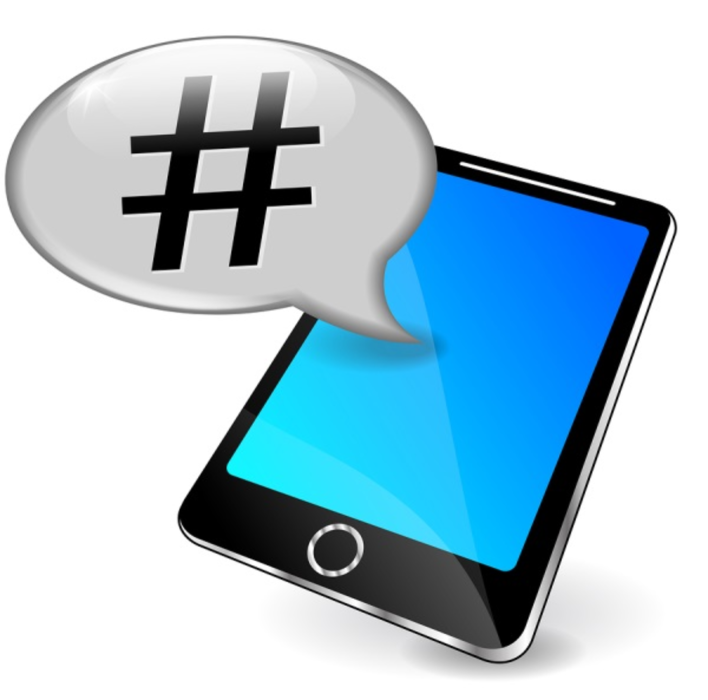Subject lines are make-or-break time for email campaigns. They are the short window of opportunity to connect with customers in a crowded space: the inbox. One emerging trend that’s helping marketers stand out is the use of hashtags in the email subject line.
“The number one reason why we like hashtags is because of brevity,” says Matt Caldwell, VP of creative at Yes Lifecycle Marketing, an email marketing services and software provider. Caldwell says that in recent months he and his team have tested the use of hashtags in several client campaigns. And he explains that in the case of the subject line, a little goes a long way; hashtags, he insists, allow marketers to make a huge impact with a brief call-to-action.
In fact, a recent study from Retention Science shows that subject lines that are between six and 10 words produce the highest open rates. Those between 11 and 15 words yield the lowest open rates, yet about 52% of marketing emails have 11- to 15-word subject lines. Subject lines should be short, descriptive, and provide the reader with a reason to explore your message further. “Flat out: Hashtags save space,” Caldwell says; and short performs better.
Hashtags spark conversation and continue the dialogue beyond an initial email campaign by reverberating on social media. However, a number of marketers still don’t use hashtags, and Caldwell says that many people—both marketers and consumers—don’t even know what they are. “Basically, if you don’t use Twitter you may not even know what a hashtag is, and you don’t know how it’s used at all, or even where they came from,” he says. “I would say four out of every 10 people don’t know what hashtags are. So if you’re going to use them, understand your audience and your audience personas.”
Simply put, hashtags are a concept that moved from Internet chat rooms and message boards over to Twitter, based on a recommendation by former Google designer Chris Messina, who suggested the social network adopt hashtags to connect groups of people with similar interests. Popularized on Twitter, hashtags have since spread to a slew of other platforms. Since their official 2009 Twitter adoption, Facebook, Google Plus, Instagram, Vine, YouTube—and even the largest Russian social network, VK—all use hashtags as part of their social vernacular.
Used in the IT industry for decades, hashtags are a type of metadata tag or label; a word or phrase—without spaces—that’s preceded by a hash sign, i.e., the pound sign on your telephone keypad. Generally, they’re used to categorize and organize thoughts by topic and to keep track of—or even start—discussions on social media.
Caldwell says that hashtags allow marketers to build on the three pillars of a successful email subject line: brevity, intrigue, and personal connection. “We definitely know that short, intriguing, and personalized tends to win,” he says. “So, those are the three ingredients marketers need in the subject line, with or without a hashtag.”
Recent examples of effective subject lines with hashtags come from outdoor sports chain REI with #LetsCamp, Stonyfield Yogurt with #WakeUpWithStonyfield, and TOMS eyewear with #BeShady. All of which amplified their email messages with hashtags. “Hashtags add value,” Caldwell says.
Caldwell does warn marketers, however, to be cautious if an audience is unfamiliar with this tool or will be confused by it. “Depending on certain demographics, such as age, some may perceive a hashtag as a mistake. But again, just know your audience—or train them. Then you can use hashtags as a magnifier for your message.”
He says that over time hashtags can provide marketers a great way to make a message resonate, immediately: “Hashtags can give marketers instant recognition. They’re a great way to start a movement beyond an email.”







